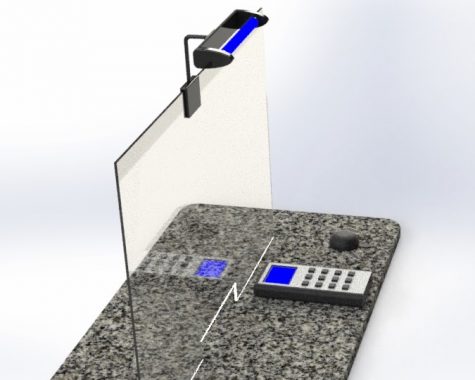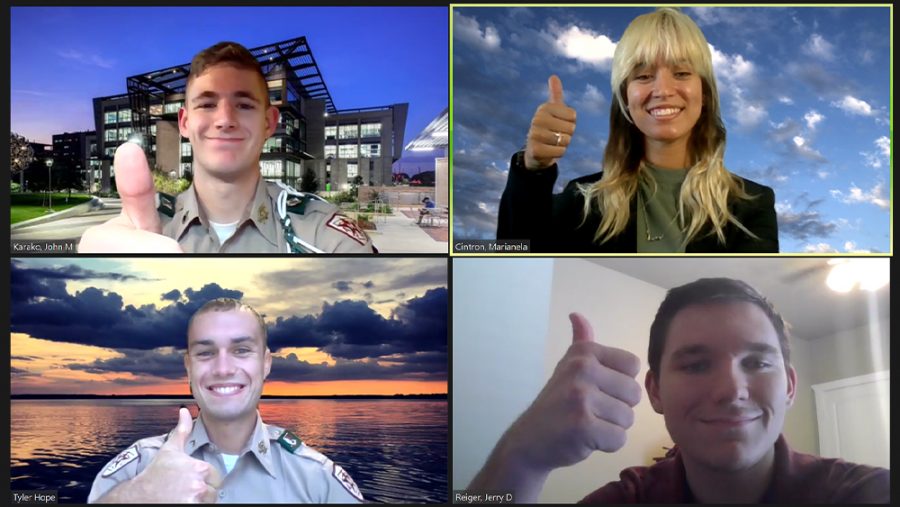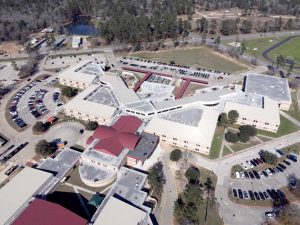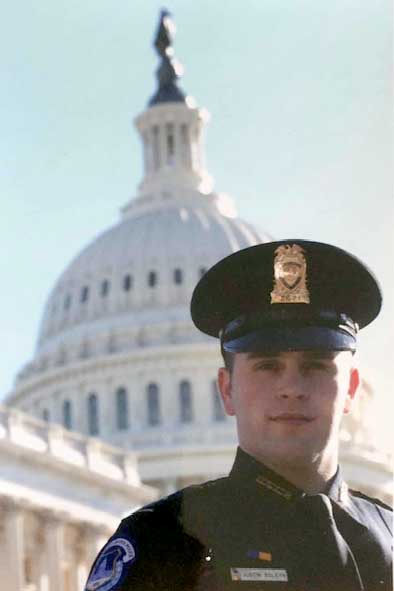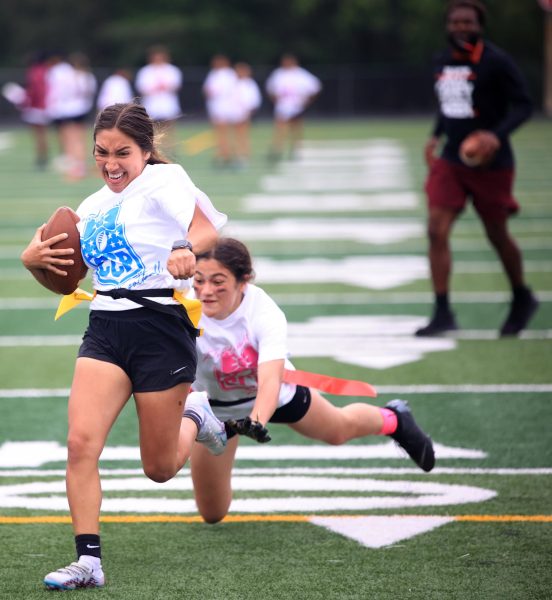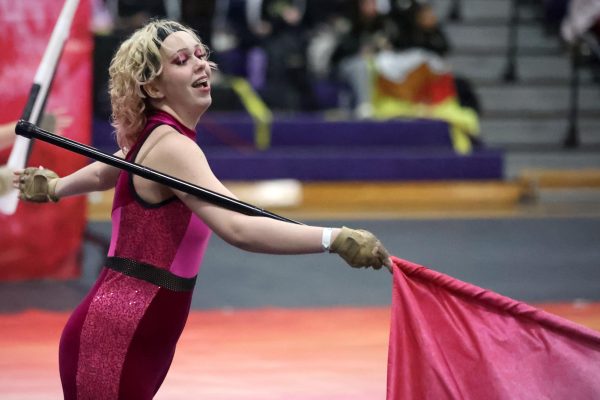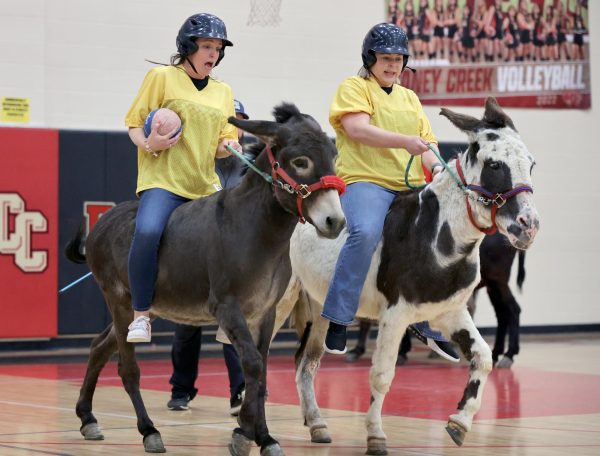Alumnus shines light on Covid fight
Reiger, team develop safe, Far-UVC device
Photo: Courtesy Texas A&M Engineering Department
UT YOUR MIND TO WORK. At left: Caney Creek alumnus Jerry Reiger (bottom right) and members of his team John Karako (top left), Marianela Cintrón (top right), and Tyler Hope pose during a Zoom call. The Aggies Against COVID-19 Virtual Competition began in April. At right: The prototype design of the Sterilite the group released in April.
Jan 20, 2021
Imagine a bulb attached to a clamp above the turning tray in class that flashes down to the papers while they get placed into the bind as it sanitizes each paper that got touched by students, killing 99.99% of bacteria and viruses where the light reaches.
Alumnus Jerry Rieger joined the Aggies Against Covid-19 challenge at the Texas A&M University where he attends as a geographic information science and technology major. He and his friends made a device called “sterilight” to help with Covid-19 spread.
“Your teacher has to grade hundreds of papers throughout a month or year,” Rieger said. “Each of one of those papers is going to be touched by several different students. So, the purpose of our device is to sanitize the paper. Whether you know them just itching their eyes or sneezing getting on the paper.”
The biggest difference between their device and other light sterilization devices is the use of Far-UVC instead of UVC, which has harmful radiation effects. Many changes took place between their prototype and after customer interviews and feedback.
“We started with something completely different,” Rieger said. “You would stick things in the UVC chamber and it would sanitize the things inside the chamber. We conducted a bunch of interviews. We did 39 customer interviews with people from our target market and we concluded that was not the area that we needed to go to so we did more interviews that within the market.”
In the second idea one of the members in the team had said they should target money by sanitizing monetary transactions in banks and every other place, which lead them to get more interviews.
“We shouldn’t just use this for money, but also paper,” Rieger said. “Feedback from the interview that got the idea to transition from monetary transactions with cash and coins to paper in general then to focus on school systems.”
They created an affordable product that would mitigate the spread of Covid-19 in classrooms, specifically. They meet once a week for a few hours and work individually for three to four hours for a period of 10 to 12 weeks on top of work, school, and personal relationships.
“It was good to see where it went with the effort that it was put in,” Rieger said. “But would have been nice to see where it could have gone had it been our main project, if we had no other responsibilities like school, friends, family and everything else you know that life throws at you.”
Reiger’s team of four placed in the top 10 in the competition, automatically qualifying them for the National Science Foundation (NSF) I-Corps Site Program.
“We did secure $3,000 in funding at the end of the program,” Rieger said. “We didn’t get [the idea] from an individual class; it was just friends that got together and participated.”
Rieger graduated CCHS in 2018 where he was student body president and voted most likely to succeed.
“It was just how my team and I decided to fight the coronavirus in our way,” Rieger said. “We decided to use our time to more video games or do this or do that more. We wanted to contribute to the people on the front line fighting the virus.”
Rieger started out his freshman year at A&M and first semester in college learning a new language. He has already studied eight Arabic classes.
“I have been studying the Arabic language for a while,” Rieger said. “I am going to be fluent prior to graduation; so, I’m going to be pursuing a career in translating Arabic with Google. That’s definitely where my passion is so I put a lot of time and effort toward that.”
